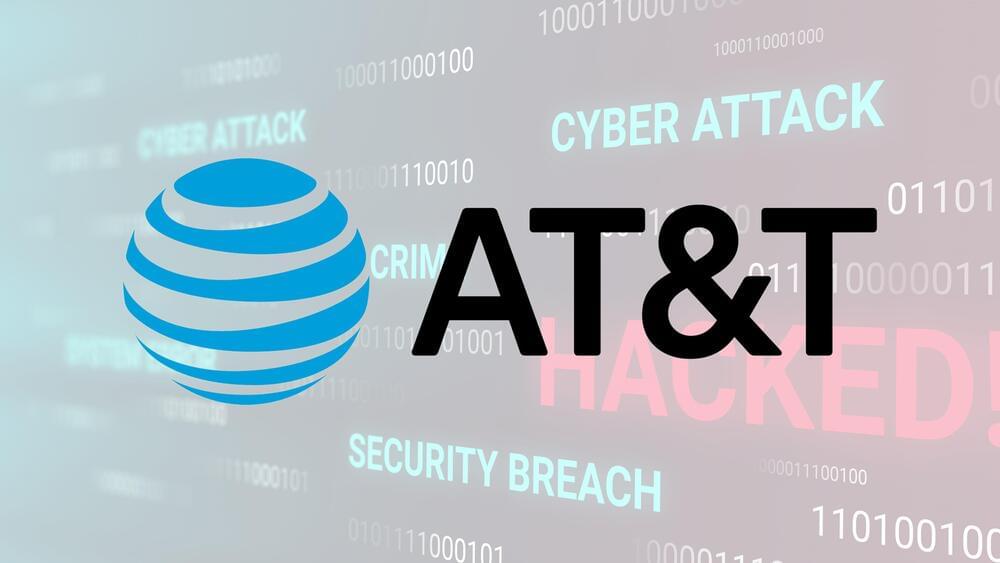
Amid a flurry of Google and Microsoft generative AI releases last week during SXSW, Garry Kasparov, who is a chess grandmaster, Avast Security Ambassador and Chairman of the Human Rights Foundation, told me he is less concerned about ChatGPT hacking into home appliances than he is about users being duped by bad actors.
“People still have the monopoly on evil,” he warned, standing firm on thoughts he shared with me in 2019. Widely considered one of the greatest chess players of all time, Kasparov gained mythic status in the 1990s as world champion when he beat, and then was defeated by IBM’s Deep Blue supercomputer.
Despite the rapid advancement of generative AI, chess legend Garry Kasparov, now ambassador for the security firm Avast, explains why he doesn’t fear ChatGPT creating a virus to take down the Internet, but shares Gen’s CTO concerns that text-to-video deepfakes could warp our reality.









